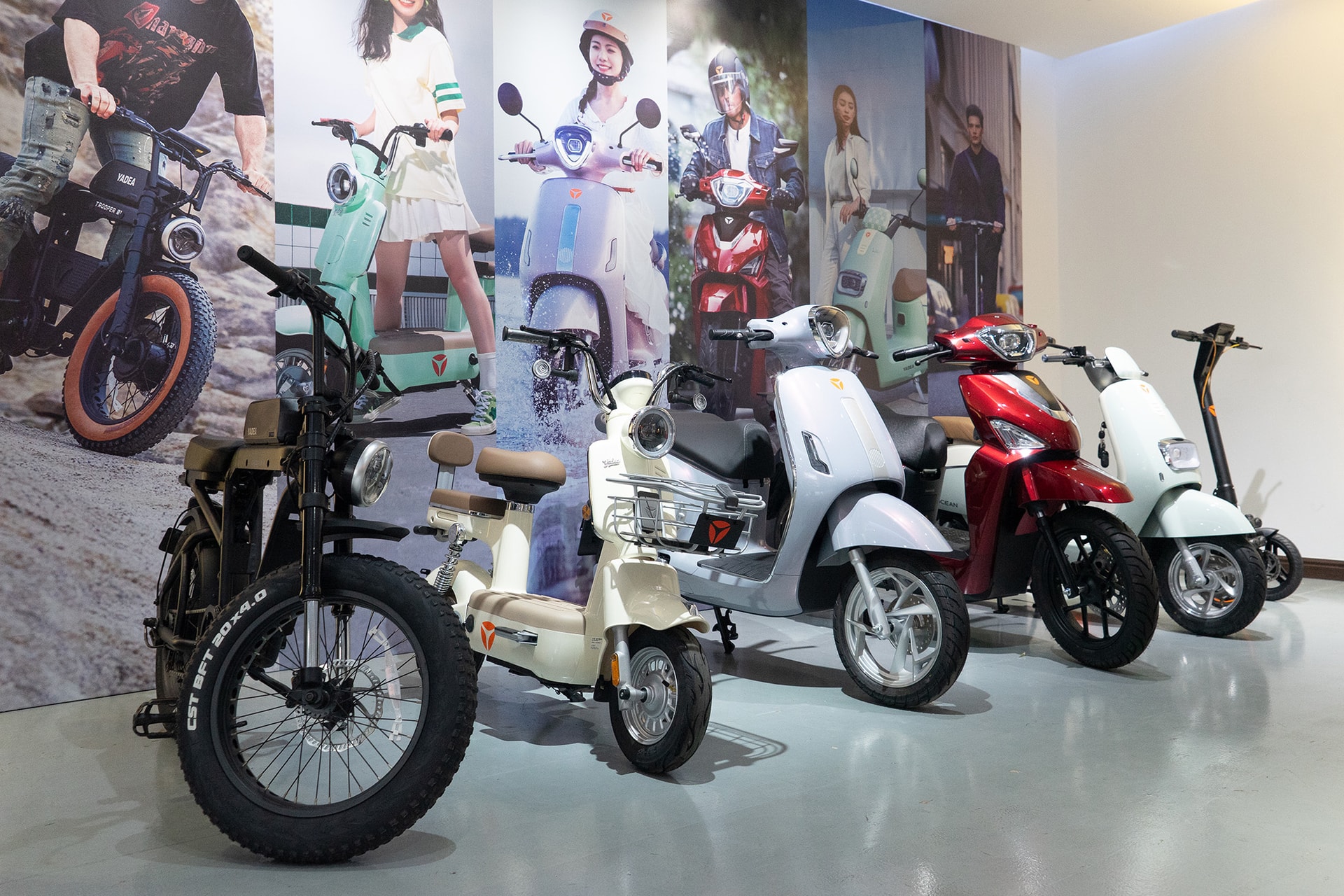
As Hanoi moves towards implementing a policy to limit and ban petrol and diesel motorbikes in the central area by 2030, finding alternatives to personal vehicles becomes urgent.
Ready for the big game
The question is, what models will Hanoians switch to instead of traditional motorbikes? And are these options enough to ensure convenience, economy and suitability for daily travel habits?
In fact, electric two-wheelers - one of the zero-emission vehicles on the spot - have gone from being a secondary choice to competing on par with traditional motorbikes, with a full range of options in every segment.
For example, people who are using Honda Wave Alpha – a popular model in suburban areas, students, and manual workers – can consider VinFast Motio / EVO Lite Neo, Honda ICON e:, or Yadea iGo / Vekoo. This group of vehicles is often designed to be equivalent to 50cc gasoline vehicles, priced at 12-15 million VND, with a speed of 40-50km/h, does not require a driver's license, and is suitable for people who travel 20-30km/day.
For users of mid-range scooters such as Honda Vision, Yamaha Janus - popular in the inner city, equivalent options include Honda ICON e:, VinFast Feliz S/Evo200, Dat Bike Quantum S. These vehicles cost 27-32 million VND, the battery can run 70-100km per charge, often have smart lock features, phone connection and convenient charging at home.
Users also have many options based on functionality. Those who love Honda Lead – famous for its large, convenient trunk – can consider Yadea Ossy or VinFast Klara S. Both have elegant designs, long saddles, can comfortably carry two people, high-capacity lithium batteries, and a full charge time of 4 to 6 hours, suitable for daytime use and nighttime charging.
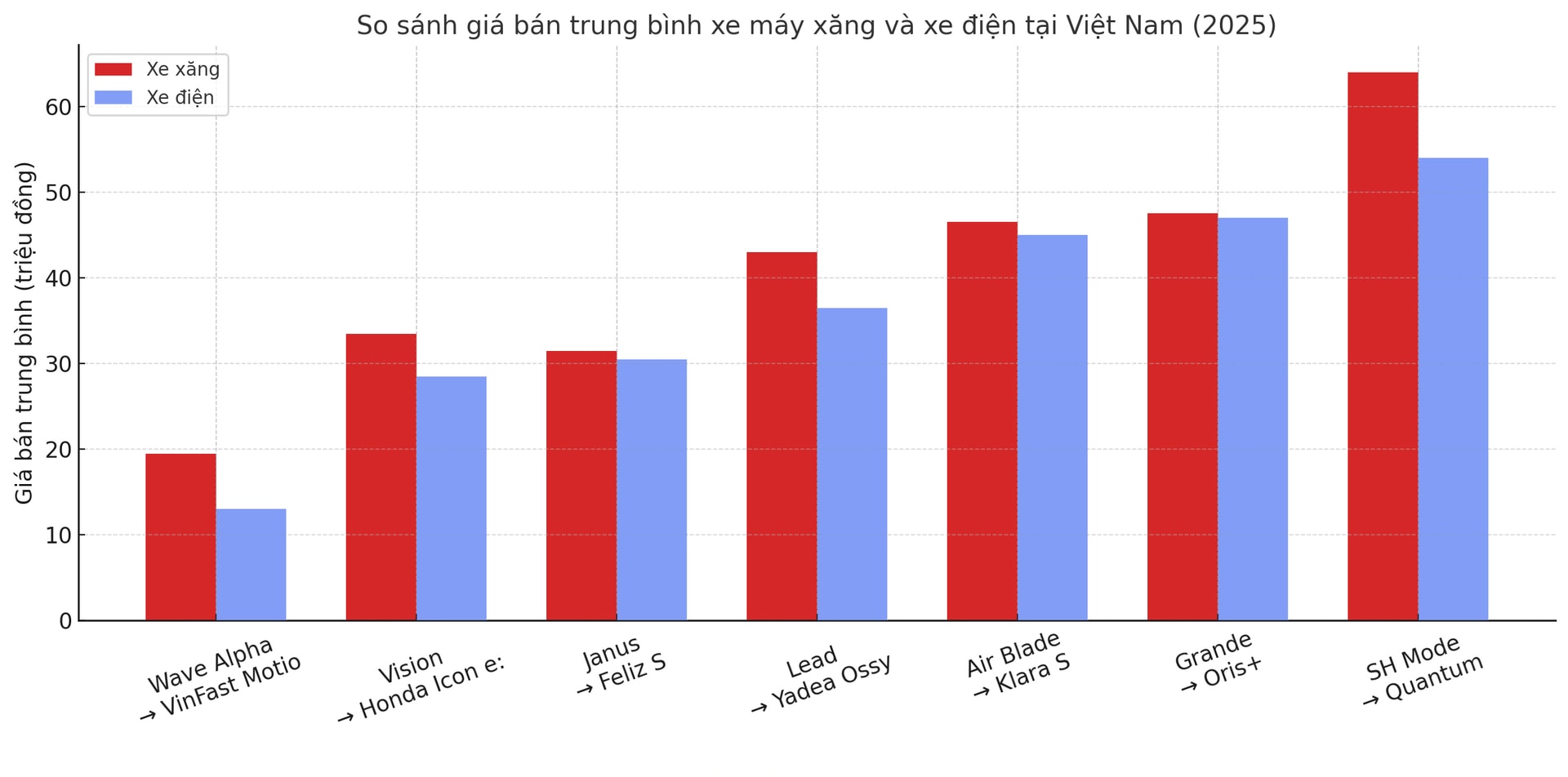
Photo: Hoang Linh
Fans of sporty scooters like the Air Blade or NVX can switch to the Yamaha Neo's, Honda CUV e:, VinFast Klara S high-end version or Dat Bike Weaver++. These vehicles cost from 35-45 million VND, equipped with a large motor capacity equivalent to 125cc, maximum speed of 75-85km/h.
In the higher segment - equivalent to Grande or SH Mode, the electric vehicle market is not lacking in options. Yadea Oris+, Honda CUV e: or VinFast Theon S are all meticulously designed, have automatic LED lights, magnetic locks, GPS positioning and integrated smart management applications.
Of these, except for CUV e: currently rented for nearly 1.5 million VND/month, the rest have selling prices from 45 to 60 million VND, equivalent to gasoline cars in the same segment.
The high-capacity electric motorbike segment has also been formed. Representative is BMW CE4 (VND 549 million), with a range of 130 km, acceleration from 0-50 km/h in 2.6 seconds, maximum speed of 120 km/h.
Positive market development
According to the car business world, electric car sales in the first half of 2025 continue to increase rapidly.
Compared to the same period last year, the L1 segment (electric motorbikes with a maximum speed of 50 km/h, engine power < 4 kW) grew by more than 113%. L3 (standard electric motorbikes with a maximum speed of over 50 km/h, engine power over 4 kW) increased by 49%.
According to Soundon Technology, Vietnam is currently the third largest electric two-wheeler market in the world. Meanwhile, B-Company said that electric vehicles currently account for about 10% of the total two-wheeler market share and Vietnam leads Southeast Asia with more than 2.3 million electric vehicles registered in the period 2016-2023. Names such as YADEA, VinFast, Honda, Dat Bike, Pega... represent the wave of electrification of motorbikes in our country. In 2024, VinFast sold more than 70,000 electric motorbikes.
The driving force for this growth comes from many factors, mainly from the fact that electric two-wheelers - with their flexibility and zero direct emissions - are increasingly proving suitable for urban life, with daily travel distances of about 15-30km.
Electric two-wheelers are no longer subject to the prejudice of being only for students. According to Ms. Phuong Thao, senior manager at an electric vehicle dealership in Hanoi, since the information about the restriction of gasoline vehicles in Ring Road 1 was announced, the number of searches for electric motorbikes for adults has increased dramatically, in which models in group L3 have received strong interest.
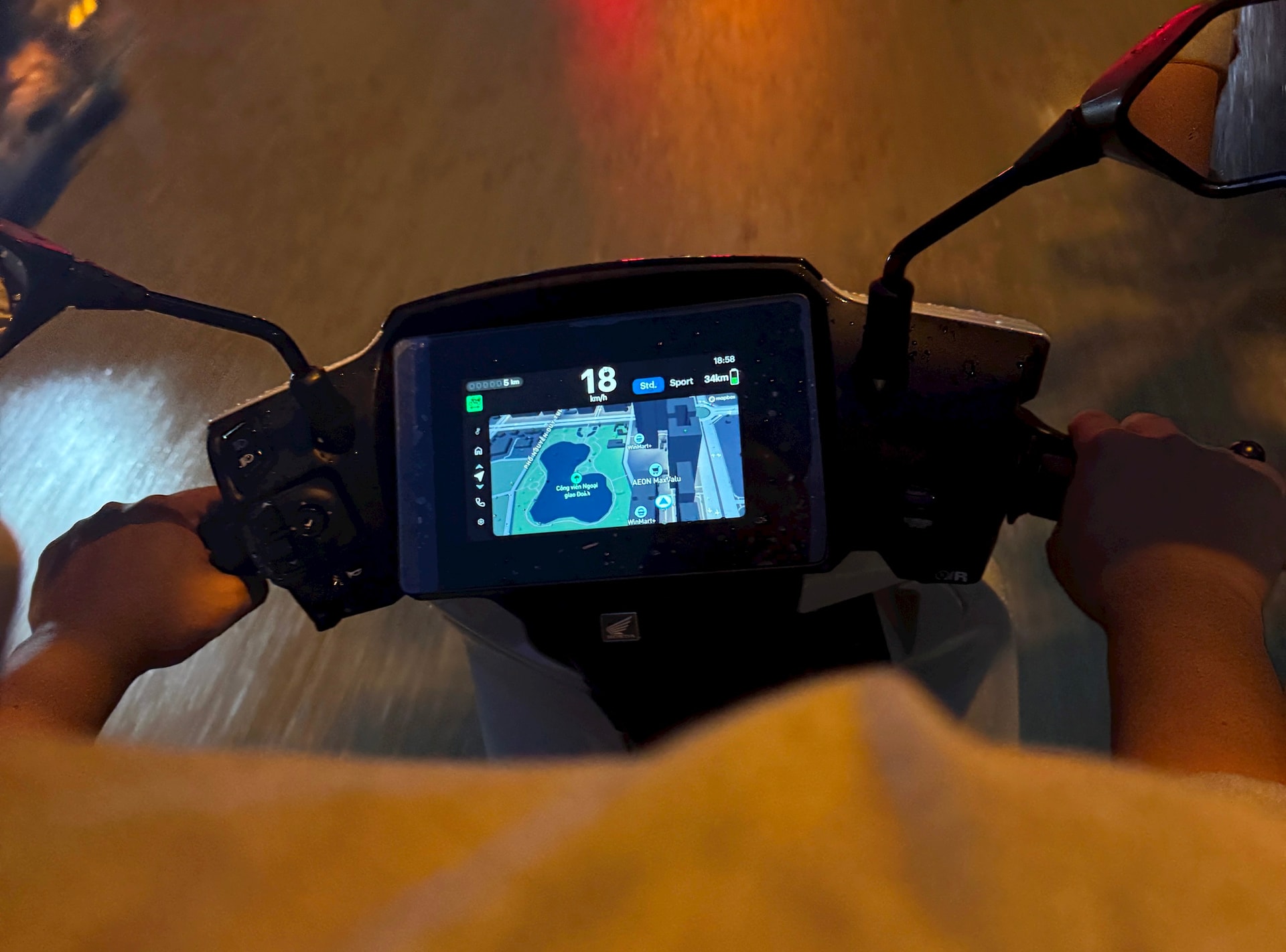
For many people today, charging their two-wheeled electric vehicles has become as common a habit as charging their phones. Apps offer convenience in tracking vehicle status, charging history, nearest stations, and trip control...
Proactive energy habits – a new concept – are taking shape very clearly among young users.
A big difference lies in the experience. Smart locks, phone connectivity, GPS positioning, anti-theft alarms, trip monitoring support... - utilities that were once "privileges" of cars - are now almost common equipment. Rich technology also allows electric motorbikes to gradually become an important part of digital life and modern urban lifestyle.
Charging costs are also becoming more and more attractive. A full charge of a car battery the size of the VinFast Feliz S only costs about 2,500-3,000 VND for electricity, and can travel about 100-120km. Compared to the gasoline consumption of about 1.6 liters/100km of a mid-sized scooter, with an average gasoline price of 24,000 VND/liter, the operating cost of an electric car is only about 1/5. Maintenance of an electric car is less broken because it does not have an internal combustion engine, does not change engine oil, and does not require regular spark plug or air filter checks.
Many startups have also been expanding investment in supporting infrastructure, making the use of electric two-wheelers more convenient.
However, there are still challenges in use, such as the lack of a unified battery and charging standard, causing each car manufacturer to develop its own ecosystem, making it difficult to connect. Replacement battery prices are still high (about 8-15 million VND per battery for mid-range models). Concerns about battery durability and explosion resistance when charging at home, especially in apartment buildings or narrow townhouses, are also major barriers for those who want to switch to electric vehicles.
According to Dat Bike CEO Nguyen Ba Canh Son, not only technology, but electric vehicles must also be truly convenient and durable to conquer Vietnamese people.
Production bottlenecks and supporting infrastructure
The story of electric motorbikes is no longer a distant future. By mid-2025, nearly 25% of all new two-wheeled vehicle sales in Vietnam will be electric, an unprecedented rate. Many experts believe that in the next 5 years, if supported by policies, manufacturers, and infrastructure, this rate could exceed 50%.
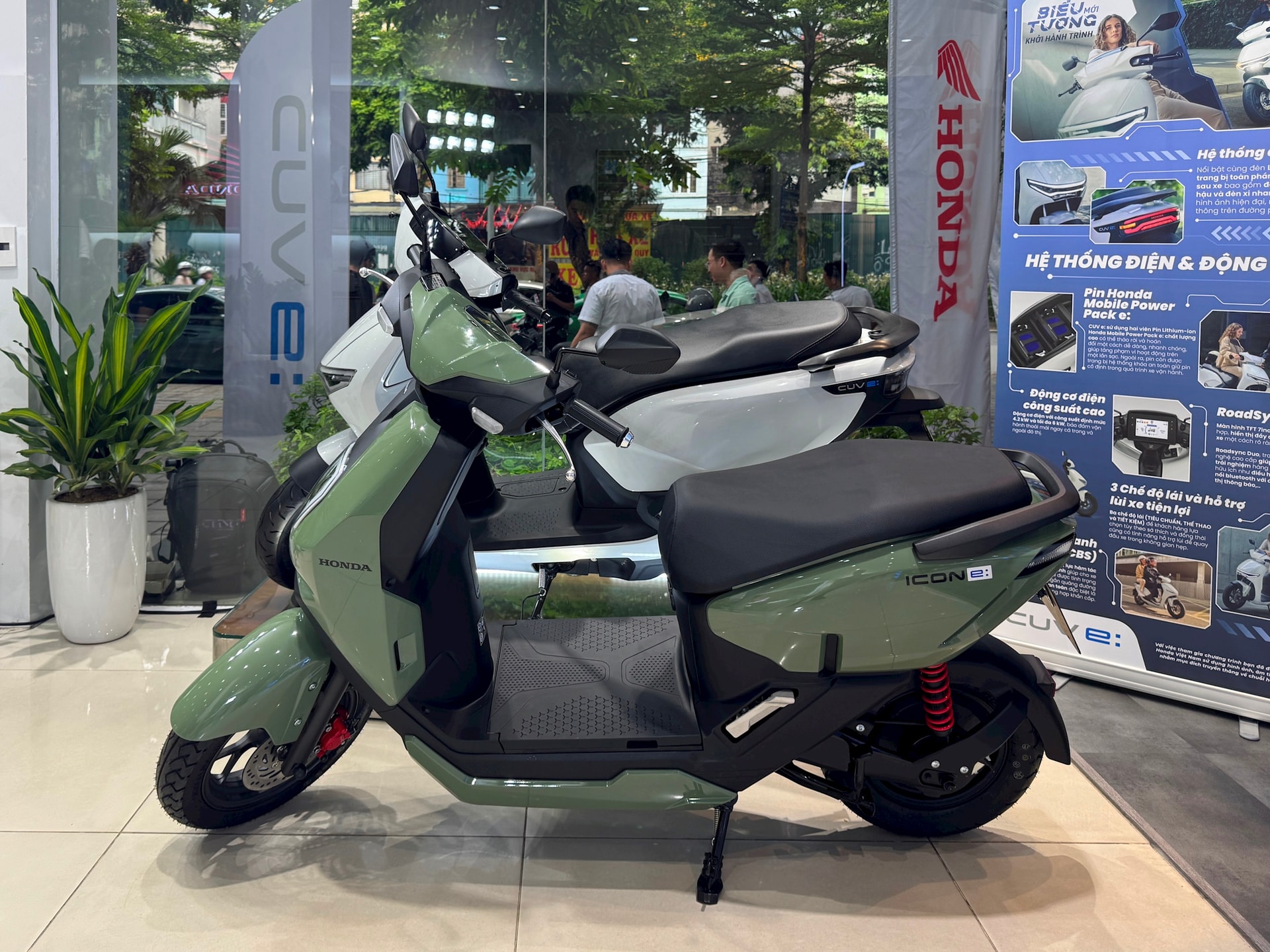
However, ensuring the production of electric vehicles to replace them is really a difficult problem. In fact, in the first half of 2025, the supply of two-wheeled electric vehicles is often in short supply. "My store is often empty because there are no vehicles to sell. As soon as the vehicles arrive, they are gone" - shared a representative of an electric vehicle store on Nguyen Khanh Toan street.
Meanwhile, Hanoi currently has about 5.6 million motorbikes in circulation, of which more than 90% are gasoline-powered. If we move towards the goal of no more gasoline motorbikes in inner-city districts by 2030, providing millions of replacement electric vehicles requires an extremely large preparation in terms of production capacity, logistics, distribution and supporting infrastructure.
By mid-2025, the estimated domestic electric motorbike capacity of major manufacturers is around 1 million vehicles/year. Thus, even if manufacturers expand their factories, producing 4-5 million electric vehicles within a few years is not easy, especially when components such as lithium batteries, electric motors, and central control units (ECUs) still have to be imported or have not been completely localized.
Expanding the distribution network, warranty centers, battery replacement systems, after-sales services... also requires time and resources. Electric vehicles cannot be sold individually like electronic products, but are a closed value chain that needs to be ensured synchronously, from charging stations, tracking software, spare parts to specialized repair technicians.
Another challenge is the urban power system. According to electric vehicle dealers, this is also one of the top concerns of car buyers at the moment. If an apartment complex has several hundred households switching to electric vehicles, charging simultaneously during peak hours can cause local overload. This requires the electricity industry and local authorities to have a plan to calculate the load, invest in new power infrastructure or deploy smart charging solutions, and regulate night charging...
Developing charging station infrastructure and upgrading the power grid is not only a technical requirement, but also a foundation to ensure people feel secure in using the service, businesses are confident in investing, and the transition process takes place safely, synchronously, and effectively.
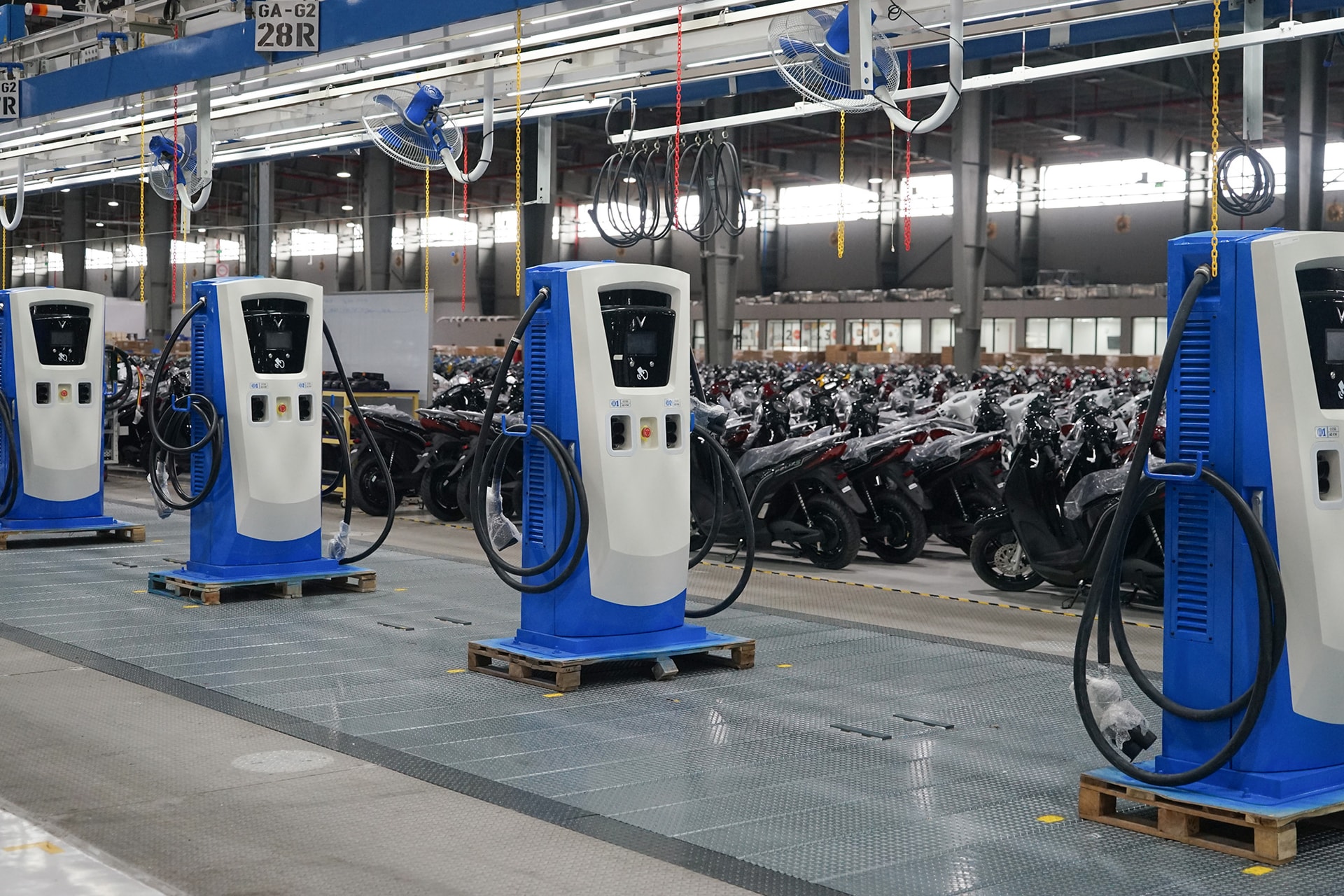
In short, although electric two-wheelers have many attractive options, replacing millions of gasoline motorbikes in Hanoi in a short time is still a big challenge.
To promote the "electrification" of motorbikes, a clear roadmap and smooth coordination between the government, businesses and people are needed to ensure environmental goals while not causing major disruptions to daily life.
Source: https://hanoimoi.vn/toan-canh-thi-truong-xe-dien-hai-banh-san-sang-dien-hoa-xe-may-709311.html










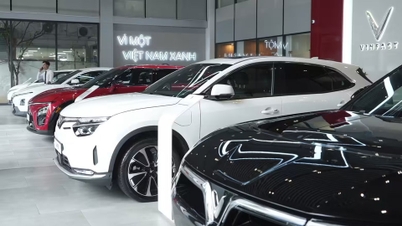

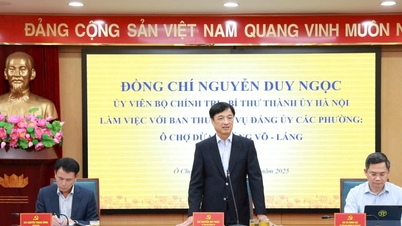

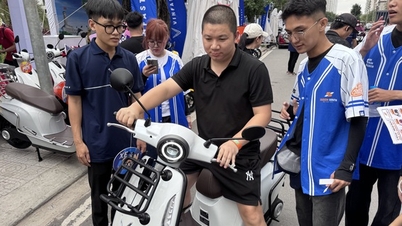

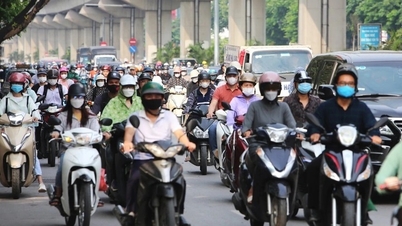

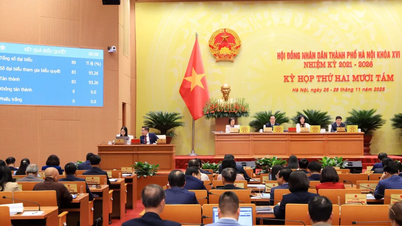

















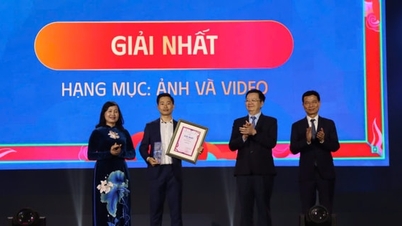

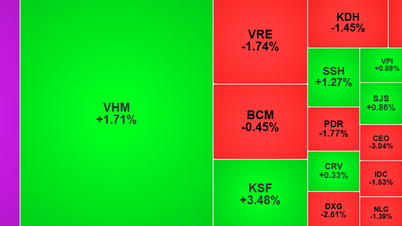









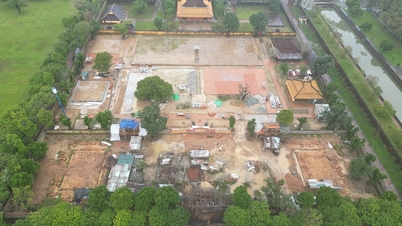












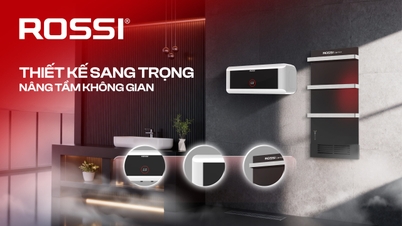

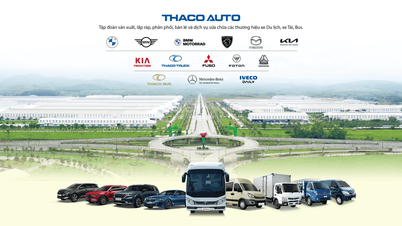











































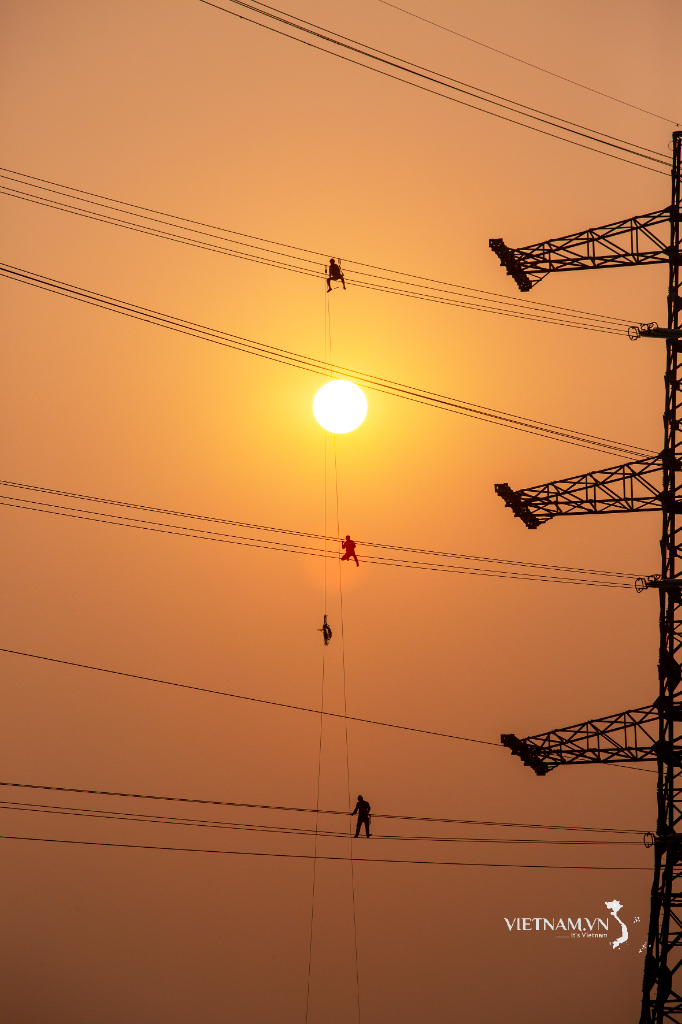







Comment (0)